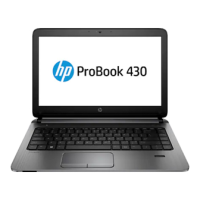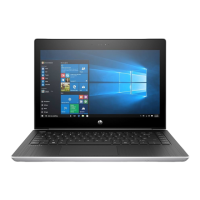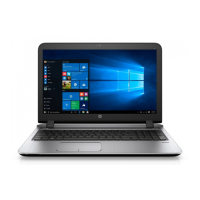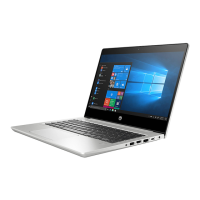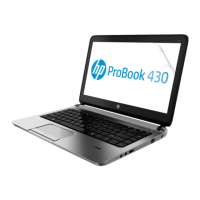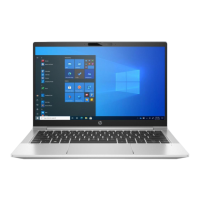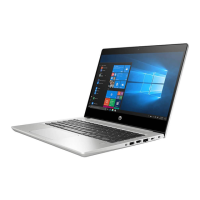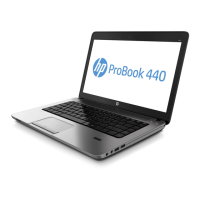11
Appendix A: Technical background
Since standards were introduced in 1956, industry-standard HDDs have used 512-byte sectors on
their internal media. However, this relatively small sector size constrains storage capacity and has
also caused manufacturing capabilities to reach a limit.
Under the sponsorship and support of the International Disk Drive Equipment and Materials
Association (IDEMA), manufacturers of industry-standard HDDs are transitioning from 512-byte to 4-
KB sectors on HDDs with SATA interfaces, increasing the utilization of storage space and making the
newer disks easier to manufacture.
HDD manufacturers began shipping these Advanced Format drives (4-KB sectors) in the fourth quarter
of 2010 as newly-announced models. Previously-announced and currently-shipping models are not
expected to transition to media with 4-KB sectors.
By using standard 512-byte sector SATA communications, first-generation Advanced Format drives
maintain backwards-compatibility with current computers. Thus, these drives – sometimes referred to
as 512e drives or translated drives – operate internally at 4 KB and externally at 512 bytes.
However, this disparity in sector sizes can lead to performance issues.
Partition alignment
Modern operating systems use file systems with 4-KB sectors when formatting a partition. However,
when the physical media and file system both use 4-KB sectors, while the SATA interface is 512-byte,
misalignment can occur, impacting write performance.
Note
Misalignment occurs while file system sectors cross physical sector
boundaries.
To address the risk of misalignment, a 512e drive emulates the logical 512-byte interface, taking care
of all physical manipulation in the background, while maintaining backwards compatibility. However,
emulation can affect performance with older operating systems such as Windows XP. This can be
fixed by either reinstalling the operating system with newer install tools that are 4-KB sector-aware or
using a utility that properly aligns the partitions and data on the drive.
The data on a 512e drive must be aligned to accommodate the following scenarios:
• Short write accesses (less than 4 KB)
Most accesses to a drive are 4 KB or greater. However, when the host writes less than 4 KB, all 4
KB on the media must be read, the old data modified with new data, and then written back to the
media as a 4-KB physical sector.
For a typical user, accesses shorter than 4 KB are rare.
• Misalignment
In some cases, a logical address may not coincide with the beginning of a physical address.
For example, a data write may extend beyond the end of one physical sector. In this case, the drive
must read both physical sectors to drive memory, modify both data sets, and then rewrite the new
data to the media
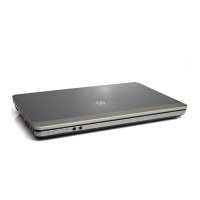
